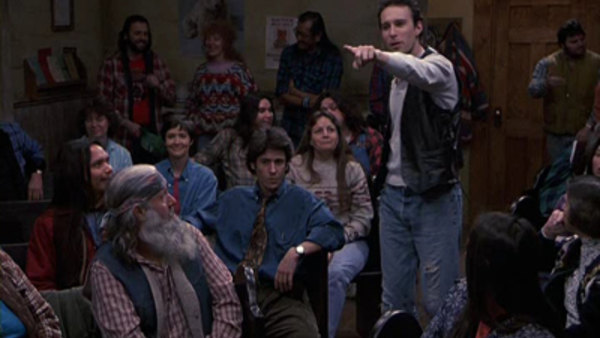

“But people are saying, ‘I’m not going to leave my church, I love praying to the saints and receiving the Holy Eucharist.'” “Nobody liked the scandals, whether locally or statewide,” Brennan said. He believes the southern parishes – far from the Wheeling epicenter of problems – seem to be recovering more quickly. He said such visits are helping him gauge spiritual temperature. While such efforts were hampered during COVID, he regularly hits the road (driving his own car) to visit parishes for entire weekends. On the emotional and spiritual side of the recovery, Brennan said “just showing up” may go a long way. “They can keep their ear to the ground to see what’s going on, what … issues we need to deal with.” The broader board will also help with accountability, he added. “To my delight … we have a half dozen or more young people, one a senior in high school … It’s not done by just us grayheads,” Brennan said of one element of the new representation.

Lay members now make up two-thirds of the board, which has had two meetings so far this year.

Those nominees were voted upon in each of six regions in the state, with the top three vote-getters from each region joining the council. Looking at the details of the two program changes, Brennan said the pastoral council reworking also gives lay members a chance to both be heard by church officials and to listen to their fellow lay members’ concerns.Įach of the 96 parishes and 18 missions in the diocese was asked to nominate a lay member as candidate for the pastoral council, Brennan said. Such information became an issue when an internal church investigation in 2019 found Bransfield used millions of dollars in church funds for luxuries ranging from daily fresh flowers to a personal chef to cash gifts to fellow Catholic clerics. “It’s all out there for people to see,” Brennan said of where church money is going. The former is connected to his decision to throw open the diocesan annual financial audit when he became bishop. They are about transparency and accountability, he noted, and include bringing lay members (including women) into diocesan councils overseeing financial and pastoral work. But, he said two internal structural changes so quiet they are likely not on the radar screen of many diocesan members likely carry more recovery weight. In terms of moving forward, he pointed to local changes at both Wheeling Hospital and Wheeling University. But “I do have reason for hope that we can move forward, bring the gospel to more people and grow the church.” “I’m not, by nature, a cockeyed optimist,” Brennan said of his hope the diocese can come out of trouble in similar fashion.

He is particularly intrigued by how the church functioned during its early centuries, when persecution was fierce to fatal, but faith flourished anyway. Kirkhope said many Catholics she knows remain wounded, angry and skeptical that meaningful change has occurred within the Diocese - or is even possible.īrennan said he looks to church history when facing the Vatican’s daunting call to restore a wounded church community. The CCA was critical of Bransfield before and since his 2018 retirement and subsequent removal from ministry. She is a West Virginia Catholic who has served past the Bransfield tumult as co-director of the Catholic Committee of Appalachia (CCA) alongside the late Michael Iafrate of Wheeling.


 0 kommentar(er)
0 kommentar(er)
